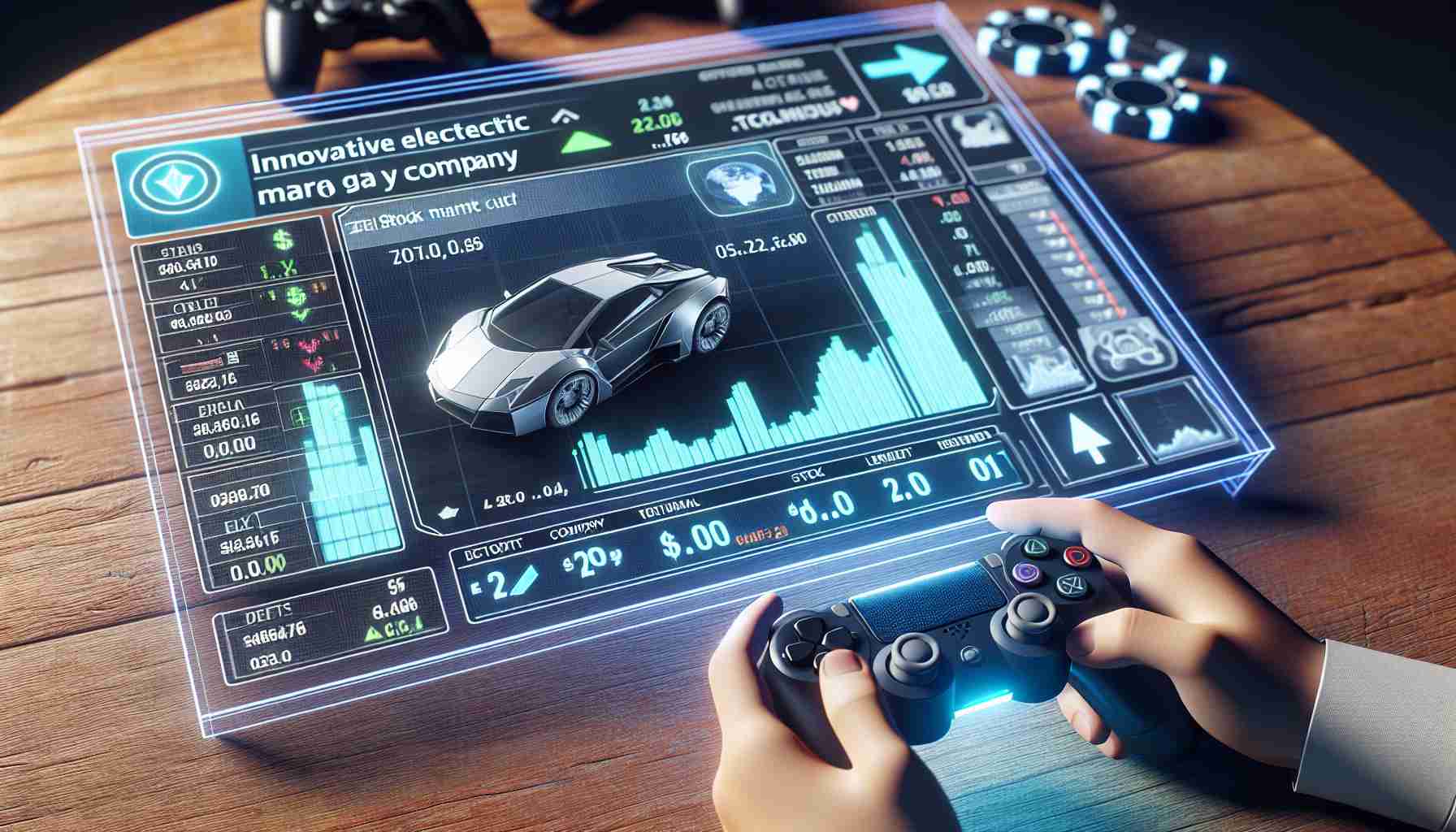INGLEWOOD, Calif. – In a sports landscape often defined by uniformity, the Intuit Dome stands out with its innovative approach to fan engagement, starting even in the restrooms. While most arenas opt for game commentary, the Clippers’ new home enhances the atmosphere with a lively playlist of popular tunes echoing through its state-of-the-art facilities, featuring over 1,100 touchless toilets and urinals.
This $2 billion stadium, envisioned by owner Steve Ballmer, former Microsoft CEO, aims to transform the game-day experience for die-hard basketball fans. Ballmer’s vision included design elements that actively encourage fans to remain engaged in the action rather than being distracted by amenities. For instance, the luxury suites forego large screens, pushing guests to enjoy the live game.
With a seating capacity of 17,927, each seat is equipped with an interactive controller akin to an Xbox console, allowing fans to engage with entertainment options during breaks. Furthermore, the arena boasts a staggering three times the number of restrooms compared to an average NBA venue, a detail Ballmer was particularly obsessive about.
Unique features extend to a designated “Wall” section where dedicated fans must prove their loyalty through a fan certification process. This area caters to those who thrive on energy and passion, allowing them to cheer on their team without restrictions. The response has been overwhelmingly positive, as fans embrace this vibrant environment for an unforgettable basketball experience.
The Game-Changing Influence of the Intuit Dome on Fan Experience
The Intuit Dome in Inglewood, California, is not just a new venue for the Los Angeles Clippers; it symbolizes a potential turning point in how sports arenas engage fans, tackling longstanding issues related to fan comfort and interaction. Beyond its impressive design and luxurious amenities, this venue is driving a palpable change in the sports community, pressing other teams and franchises to rethink their own infrastructures and strategies.
One of the most notable advancements is the inclusion of an extensive touchless technology system. This feature extends beyond just restrooms; it encompasses food and beverage services and entry points, promoting hygiene and user-friendliness, especially significant in a post-pandemic world. This focus on cleanliness resonates deeply with health-conscious fans, highlighting how technology can directly impact attendees’ experiences.
Innovative Fan Engagement Strategies
The approach taken by the Intuit Dome demonstrates a growing trend in sports facilities prioritizing fan engagement over conventional advertising and video displays. By embedding entertainment controls in each seat, fans have the autonomy to curate their experience, whether through selecting stats during games or engaging in trivia challenges. This level of interactivity can enhance the communal experience, drawing fans closer together and nurturing a more enthusiastic atmosphere.
Conversely, the emphasis on a live game experience and limited screens in luxury suites raises concerns regarding accessibility for all fans. Would this discourage those who may prefer a more passive viewing experience? Critics argue that the barrier to entry could alienate casual viewers, steering experiences toward a more niche, hyper-engaged audience.
Positive Community Impact
Moreover, the construction of the Intuit Dome has sparked extensive dialogue about urban development and community involvement. This $2 billion investment has led to job creation and potential business opportunities in the surrounding area, stimulating local economies. The influx of spectators for games is likely to benefit nearby restaurants, hotels, and retail shops, fostering a vibrant community atmosphere.
However, there are also concerns about gentrification. Long-time residents worry that the wave of new developments could push out low-income families, altering the neighborhood’s character. Balancing economic growth with community preservation poses a significant challenge that local stakeholders must navigate carefully.
Controversial Aspects to Consider
The sheer scale of the Intuit Dome raises both excitement and skepticism. Some marvel at its luxurious aspects, while others debate the morality of spending such vast sums of money on sports entertainment amidst evident social and economic inequalities. Is this a responsible allocation of resources in communities with pressing needs? Critics of lavish sports facilities argue that these investments often overshadow essential public services, prompting a necessary dialogue on priorities.
Additionally, the notion of creating a section exclusively for “certified” fans may perpetuate a sense of exclusivity that contradicts the inclusive spirit of sports. This raises questions:
– What defines a ‘certified’ fan, and who decides?
– This process could create a division among fans, potentially disenfranchising casual supporters who may not meet certain criteria.
– Will this model be replicated across other franchises?
– As other teams observe the success of the Intuit Dome, there may be pressure to adopt similar strategies, potentially leading to a homogenization of the fan experience across various arenas.
In summary, while the Intuit Dome in Inglewood may exist primarily as a state-of-the-art sports venue, its creation triggers broader discussions regarding fan engagement strategies, community impact, economic development, and social equity within sports culture. As the world continues to evolve, the effects of this innovative arena may resonate far beyond its walls, influencing how future generations experience and interact with their favorite sports teams. For more on sports innovation, visit Sports Business Journal.












